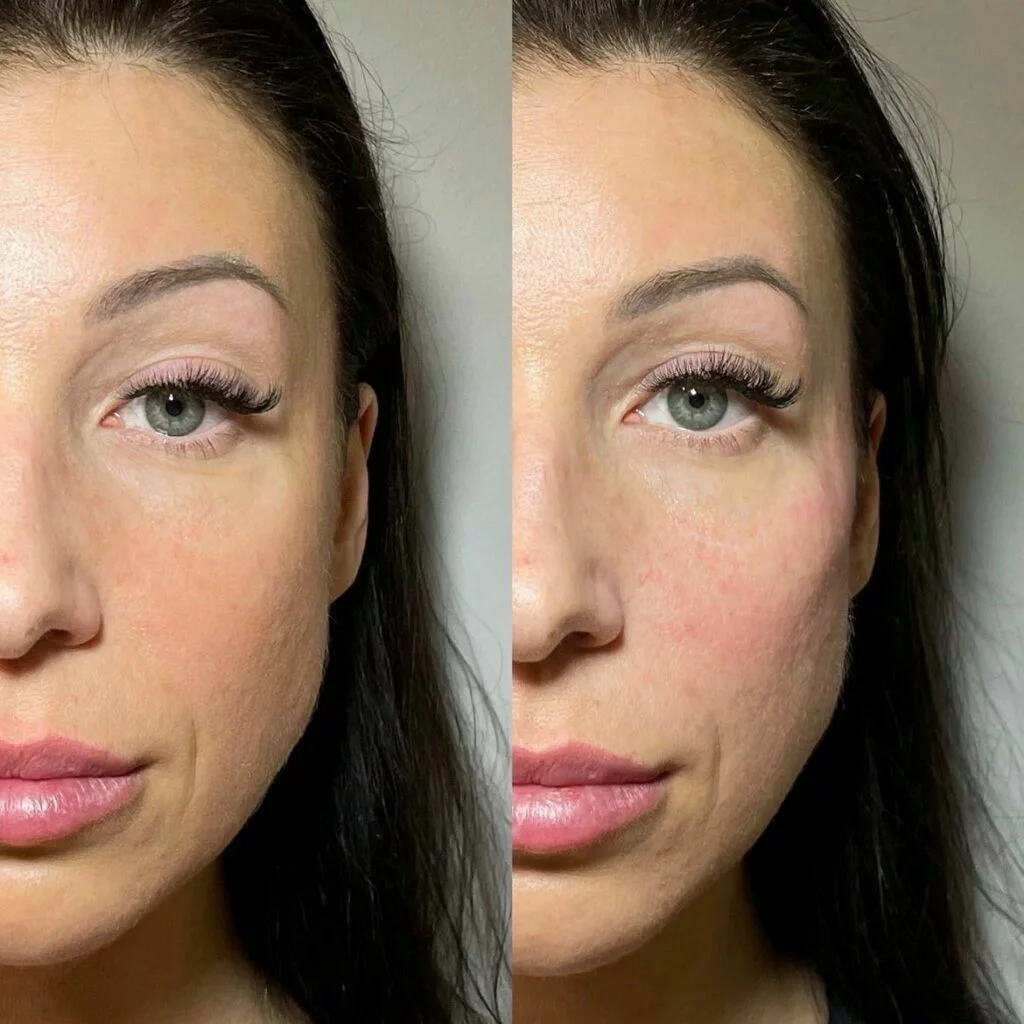Introduction
In the quest for facial rejuvenation, cheek fillers have emerged as a popular non-surgical option. This comprehensive guide aims to provide insights into cheek fillers, drawing from the expertise of Dr. Laura Geige, a renowned cosmetic dermatologist. From understanding the procedure to post-treatment care, this guide offers valuable information for those considering cheek fillers as a cosmetic enhancement.
Understanding Cheek Fillers
Cheek fillers, also known as dermal fillers or soft tissue fillers, are injectable substances used to restore volume and contour to the cheeks. They are typically composed of hyaluronic acid, a naturally occurring substance in the body that helps maintain hydration and elasticity in the skin. By replenishing lost volume, cheek fillers can address concerns such as sunken cheeks, hollows, or a lack of definition in the midface region.
Consultation and Preparation
Before undergoing cheek filler treatment, a thorough consultation with a qualified practitioner like Dr. Geige is essential. During this consultation, the practitioner will assess your facial anatomy, discuss your aesthetic goals, and explain the potential risks and benefits of the procedure. It’s crucial to disclose any medical conditions, allergies, or medications you are taking to ensure safe treatment.
Preparation for cheek filler treatment may involve avoiding certain medications or supplements that can increase the risk of bruising, such as aspirin or blood thinners. Additionally, it’s advisable to refrain from alcohol consumption and smoking, as these can affect healing and increase the risk of complications.
The Procedure
On the day of the procedure, the treatment area will be cleansed, and a topical numbing cream may be applied to minimize discomfort. Dr. Geige will then strategically inject the filler into targeted areas of the cheeks using a fine needle or cannula. The injection technique and depth will vary depending on the individual’s anatomy and desired outcome.
Dr. Geige’s expertise ensures precise placement of the filler to achieve natural-looking results and enhance facial harmony. Patients may experience minor discomfort during the procedure, but any discomfort is usually well-tolerated.
Aftercare and Recovery
Following cheek filler treatment, patients can expect some swelling, redness, and possibly bruising in the treated area. These side effects are temporary and typically resolve within a few days to a week. Dr. Geige may recommend applying ice packs and avoiding strenuous exercise or excessive sun exposure during the initial recovery period.
It’s essential to follow post-treatment instructions provided by Dr. Geige to optimize results and minimize the risk of complications. This may include avoiding certain skincare products or procedures that could irritate the skin or disrupt the filler.
Risks and Complications
While cheek fillers are generally safe when administered by a skilled practitioner like Dr. Geige, there are potential risks and complications to be aware of. These may include:
- Allergic reactions
- Infection
- Bleeding or bruising
- Nodule formation
- Asymmetry or overcorrection
- Vascular compromise
Dr. Geige will discuss these risks during the consultation and take steps to minimize them during the procedure. It’s essential to seek immediate medical attention if you experience severe or prolonged side effects after cheek filler treatment.
Longevity and Maintenance
The longevity of cheek fillers varies depending on factors such as the type of filler used, individual metabolism, and lifestyle factors. On average, hyaluronic acid fillers can last anywhere from six months to two years before gradually metabolizing and being absorbed by the body.
To maintain optimal results, Dr. Geige may recommend periodic touch-up treatments or additional filler injections as needed. It’s essential to attend follow-up appointments and communicate any concerns or changes in your aesthetic goals with your practitioner.
Conclusion
Cheek fillers offer a non-surgical solution for enhancing facial volume and contour, with natural-looking results when performed by a skilled practitioner like Dr. Laura Geige. By understanding the procedure, preparing appropriately, and following post-treatment care instructions, patients can achieve their desired aesthetic goals safely and effectively. If you’re considering cheek fillers, schedule a consultation with Dr. Geige to explore your options and embark on your journey to facial rejuvenation.
Lip Filler
Enhance the shape, volume, and definition of your lips with precision injections of dermal fillers, achieving natural-looking results tailored to your desired aesthetic.
Preauricular Area Filler
Smooth and contour the preauricular area around the ears, addressing hollows or creases to create a harmonious transition between the face and ears for a more youthful appearance.
Deep Medial Cheek Fat Area Filler
Restore lost volume and definition to the deep medial cheek area, rejuvenating the mid-face region and providing a lifted, sculpted appearance to enhance your facial contours.
Smokers Lines Filler
Soften and minimize the appearance of fine lines and wrinkles around the mouth caused by smoking or aging, rejuvenating the perioral area for a smoother, more youthful look.
Labiomental Crease Area Filler
Smooth and fill the labiomental crease, also known as the chin crease, to reduce the appearance of lines and wrinkles in the chin area, restoring a more youthful and balanced facial profile.
Full Face Rejuvenation
Comprehensive facial rejuvenation using a combination of fillers strategically placed to restore volume, contour facial features, and diminish the signs of aging, resulting in a refreshed, more youthful appearance.
Pre-Jowl Sulcus Filler
Address the pre-jowl sulcus, the area between the chin and jowl, with targeted filler injections to soften indentations and restore volume, providing a more defined jawline and overall facial harmony.
- Exploring Cheek Fillers: Insights from Dr. Laura Geige - April 19, 2024
- Lip Fillers, Botox, Dermal Fillers, Anti-Wrinkle Injections in Bromley By Bow E3 - April 3, 2024
- CBD VAPE CARTS By Plainjane-Top CBD Vape Cartridges Comprehensive Evaluation - November 23, 2023




